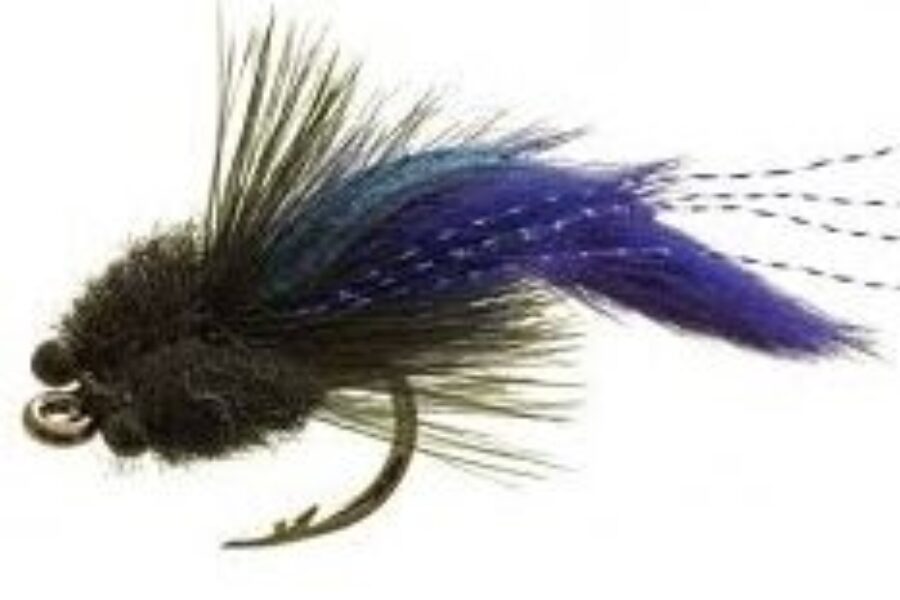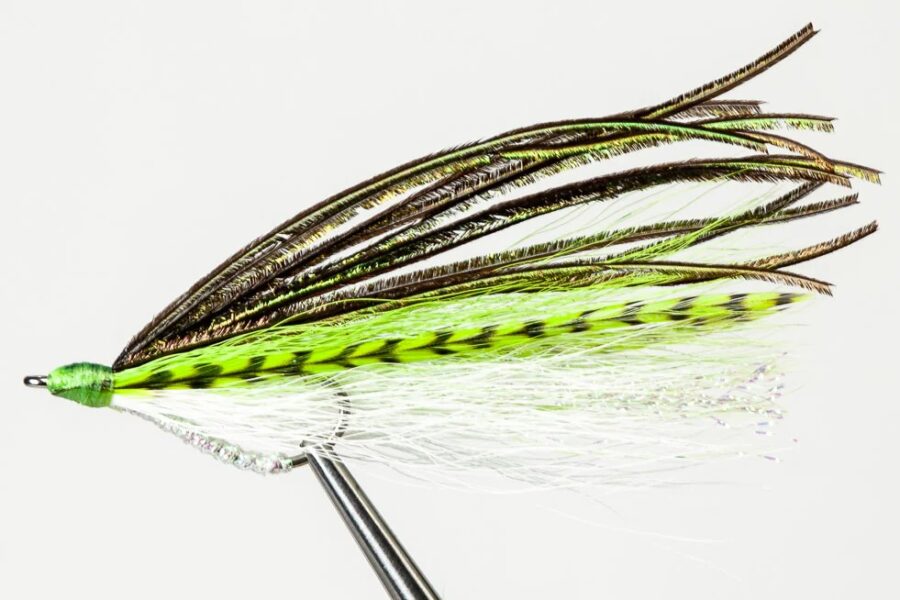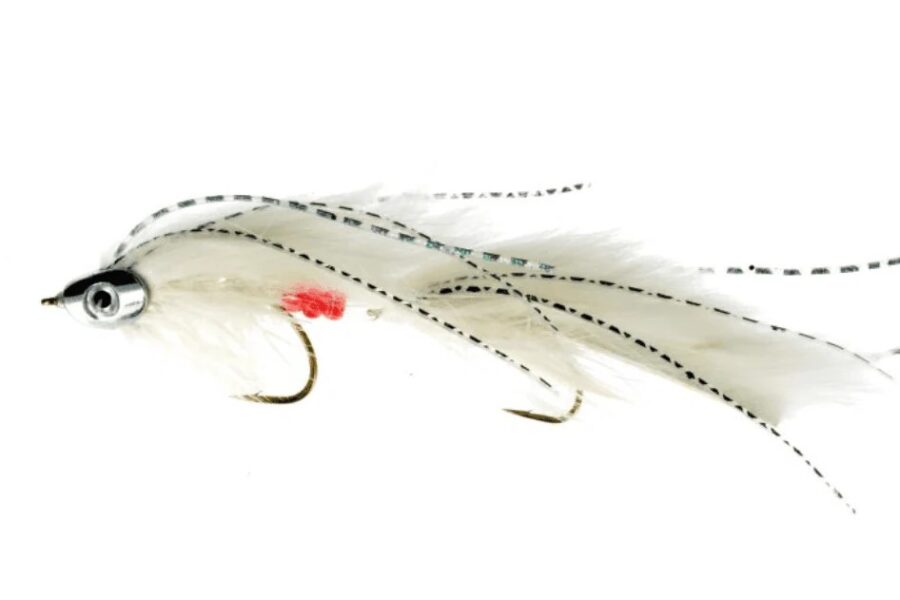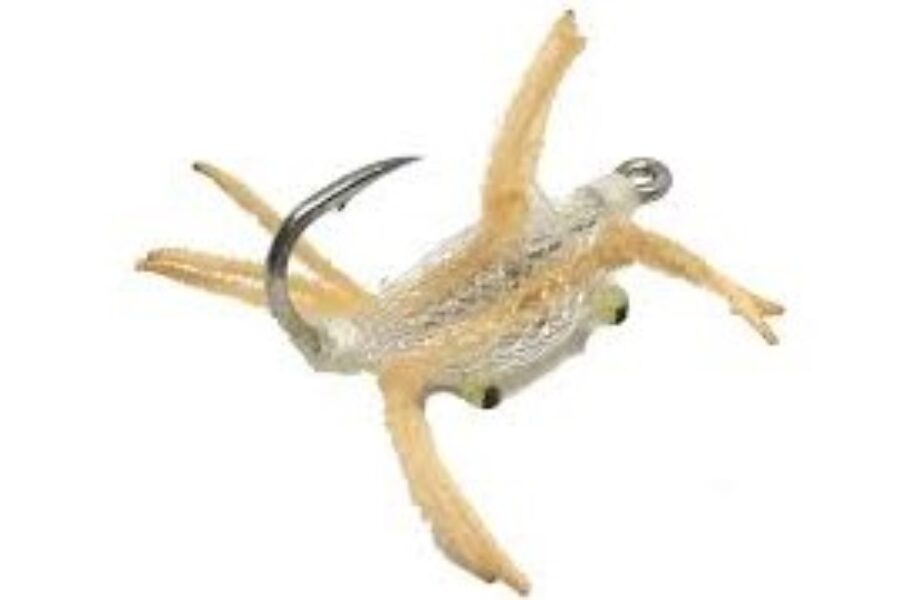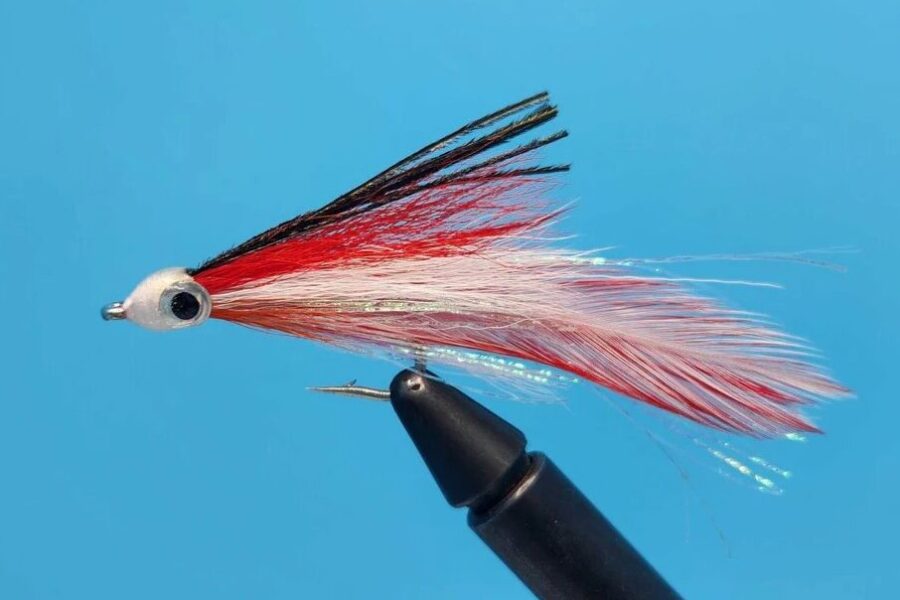How to fish? Here are some great Fishing Tips for you
Fishing is more than just a hobby, it’s an adventure that combines skill, patience, and knowledge of the natural world. Whether you’re casting your first line or looking to enhance your existing skills, mastering the fundamentals of fishing can transform frustrating attempts into rewarding experiences. This comprehensive guide will walk you through everything you need to know to start fishing with confidence, from selecting the right equipment and understanding seasonal patterns to mastering essential techniques and practicing environmental responsibility. By breaking down complex fishing concepts into clear, actionable steps, we’ll help you build a strong foundation for your fishing journey. Whether your goal is to catch dinner, enjoy peaceful moments on the water, or develop a lifelong passion for the sport, these tried-and-tested tips and techniques will set you on the path to becoming a successful angler.
great Fishing Tips
There are countless people who would love to experience the joy of fishing but don’t know where to begin. If you’re eager to learn how to fish and are serious about mastering this rewarding hobby, the comprehensive advice in this guide will help you get started on the right path. Here is a guide on how to fish.
Basic Equipment you should learn about
Before diving into advanced techniques that you should learn on how to fish, it’s essential to understand your basic fishing equipment. If you are using shad and bottom fishing, cut the tail of your bait off before placing it on your hook. This technique not only creates an enticing movement in the water but also allows you to use the cut tail as scent to attract fish to the bait. When starting out, focus on acquiring essential gear rather than expensive equipment you may not need immediately.
Understanding Fish Migration and Seasonal Patterns when learning how to fish
Success in fishing largely depends on understanding fish behavior throughout the year. During the spring, you’ll need to cast your rod upstream so that your bait is positioned in front of fish swimming downstream. This natural presentation makes your bait more appealing to hungry fish. In the fall season, the fish will be moving in the opposite direction, so you should adjust your technique to fish downhill. This seasonal adaptation is crucial for maintaining consistent catches throughout the year.
Choosing the Right Bait is among the lessons you should learn when learning how to fish

Many expert fishermen prefer using lighter grubs for their versatility and effectiveness. Grubs in colors such as white, yellow, chartreuse, gray, or salt-and-pepper have proven especially effective across various conditions. Translucent grubs with light-reflecting flecks can significantly boost your chances of success, as they mimic natural prey in the water. When fishing in different water conditions, try to match your grub color to the water color for optimal results.
Essential Saltwater Flies you should learn about when learning how to fish
When venturing into saltwater fly fishing, selecting the right fishing flies can make the difference between a successful day on the water and coming home with nothing. Let’s explore some of the most effective and time-tested saltwater flies that consistently prove their worth in marine environments.
- The Clouser Deep Minnow stands as one of the most versatile saltwater flies ever created. This weighted pattern, with its distinctive inverted hook design and bucktail construction, effectively mimics small baitfish that predatory species can’t resist. Its diving action and flash make it particularly effective when targeting striped bass, redfish, and bluefish. The beauty of the Clouser Deep Minnow lies in its ability to work at various depths, making it an essential pattern for any saltwater fly box.
- For those targeting bonefish on tropical flats, the Bonefish Gotcha Fly has earned its reputation as a must-have pattern. This fly’s slim profile and subtle flash perfectly imitate small shrimp and crustaceans that bonefish frequently feed on. The combination of crystal flash and lightweight construction allows the fly to sink slowly and naturally, triggering strikes from even the most cautious bonefish.
- The Crazy Charlie, another flats fishing favorite, proves incredibly effective when fish are feeding on small baitfish or shrimp. Its simple yet effective design, featuring a slim profile and bead chain eyes, creates an enticing presentation that works well in both shallow and moderate depths. This pattern’s versatility makes it effective not only for bonefish but also for permit and other flats species.
- Lefty’s Deceiver, created by legendary angler Lefty Kreh, represents the gold standard in baitfish imitation. This articulated pattern’s flowing motion in the water perfectly mimics the movement of small fish, making it irresistible to predatory species like tarpon, striped bass, and jack crevalle. The Deceiver’s adaptable design allows for numerous color combinations to match local baitfish patterns.
- Peterson’s Spawning Shrimp stands out as a premier choice when targeting species that feed primarily on crustaceans. This realistic pattern, with its detailed body segmentation and lifelike materials, proves particularly effective during spring and summer months when natural shrimp are abundant. Its effectiveness in clear water situations, where fish can get a good look at the fly, makes it an invaluable addition to any saltwater fly selection.
When selecting saltwater flies, consider the specific conditions and species you’ll be targeting. Factors such as water depth, clarity, and the predominant prey in the area should guide your choices. Having a variety of these proven fishing fly patterns in different sizes and colors ensures you’re prepared for various fishing situations you might encounter on the water.
Essential Tools and Safety Equipment you should learn about when learning how to fish
Always include a sharp knife in your tackle box, this is a critical tool that you shouldn’t fish without. When selecting a fishing knife, invest in one with a rust-resistant, durable blade that will withstand exposure to water and frequent use. Beyond basic tools, ensure you carry safety equipment such as life vests, first aid supplies, and emergency communication devices.
Advanced Techniques used on different species when fishing you should learn in this guide on how to fish
Spinnerbaits are excellent lures for fishing novices, particularly those interested in using earthworms as bait. While spinnerbaits are traditionally associated with bass fishing, they’re also highly effective for catching crappie and other species. The vibration and flash they produce in the water trigger predatory instincts in various fish species.
Maintaining a Positive Mindset
Whether you’re just starting to learn how to fish or have years of experience, approaching each fishing session with a positive mindset is crucial. Fishing can be incredibly frustrating at times, and negativity can quickly spoil an outing. Instead of getting discouraged by slow periods, use them as opportunities to observe the environment and refine your techniques.
Timing and Temperature Considerations
The relationship between time of day, temperature, and fishing success cannot be overstated. Larger bass are typically more active around dawn and sunset, as these periods align with their natural feeding patterns and the movement of their preferred bait fish. When planning your fishing trips, ensure the water temperature is above 50 degrees, as this is when most fish species are most active and likely to bite.
Advanced Fish Landing Techniques that you should be aware of
For targeting larger fish, consider using a gaff or gaff hook to secure your catch. A gaff provides a firm grip on larger fish and allows you to safely bring them onto the boat without risking losing them at the last moment. However, proper technique is crucial to avoid damaging the fish if you plan to release it.
Environmental Responsibility
Responsible fishing goes beyond just catching fish. Never leave trash behind at your fishing spot, as it can damage the environment and harm both plants and aquatic life. Practice catch and release when appropriate, and always follow local fishing regulations and limits. Being a good steward of the environment ensures future generations can enjoy the sport.
Selecting the Right Lure for the Situation a major topic you should learn
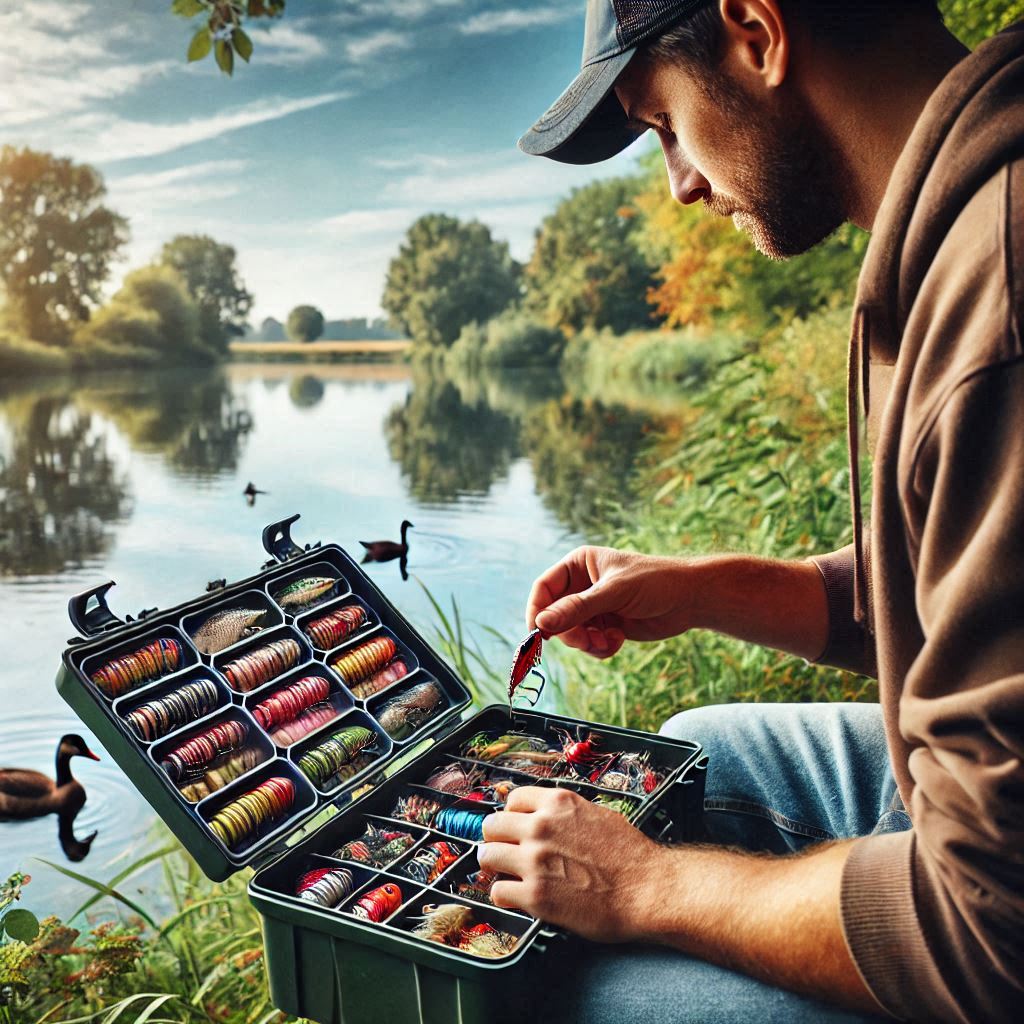
Lure selection should be based on various factors including the time of day, water conditions, and target species. Each lure serves a specific purpose and works best for different types of bass in different locations. While there’s inevitably a learning curve in mastering lure selection, taking time to understand why certain lures work in specific situations will greatly improve your success rate.
Equipment Investment Strategy
When you’re learning how to fish, avoid the temptation to purchase the most expensive gear available. You don’t need a top-of-the-line rod when starting out, and learning with basic equipment can help you develop better technique. As your skills improve, you can gradually upgrade your gear based on your specific needs and preferences.
Staying Safe on the Water
Proper hydration is crucial while fishing. Always keep plenty of water on hand and drink regularly throughout the day, even when you don’t feel particularly thirsty. Dehydration can lead to dizziness and poor decision-making, potentially resulting in dangerous situations on the water. Additionally, maintain awareness of your surroundings at all times, especially when fishing from a boat.
Fishing with Children
Teaching children to fish requires special consideration for safety and engagement. Never let kids attach bait by themselves until they’re properly trained and supervised. Make the experience fun and educational, focusing on basic skills before moving to more complex techniques. This approach helps nurture a lifelong appreciation for the sport.
Equipment Maintenance
Regular maintenance of your fishing gear is essential for optimal performance. Keep your reel clean and well-lubricated to ensure smooth casting and retrieval. A well-maintained reel allows for more accurate casting and almost effortless reeling, making your fishing experience more enjoyable and productive.
By following these comprehensive guidelines and continually learning from your experiences, you’ll be well on your way to becoming a skilled angler. Remember that fishing is both a sport and an art – it requires patience, practice, and a willingness to learn from both successes and failures. Keep exploring new techniques, locations, and approaches to expand your fishing expertise.

